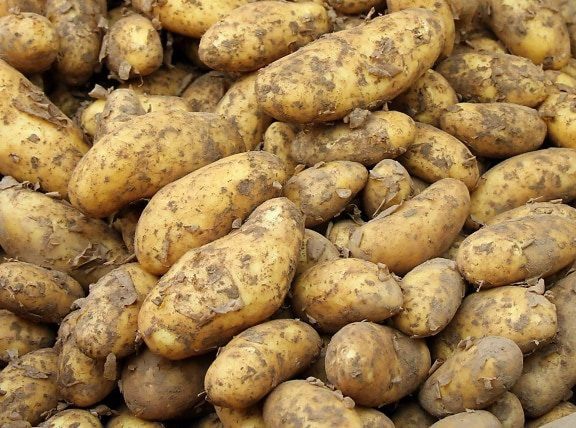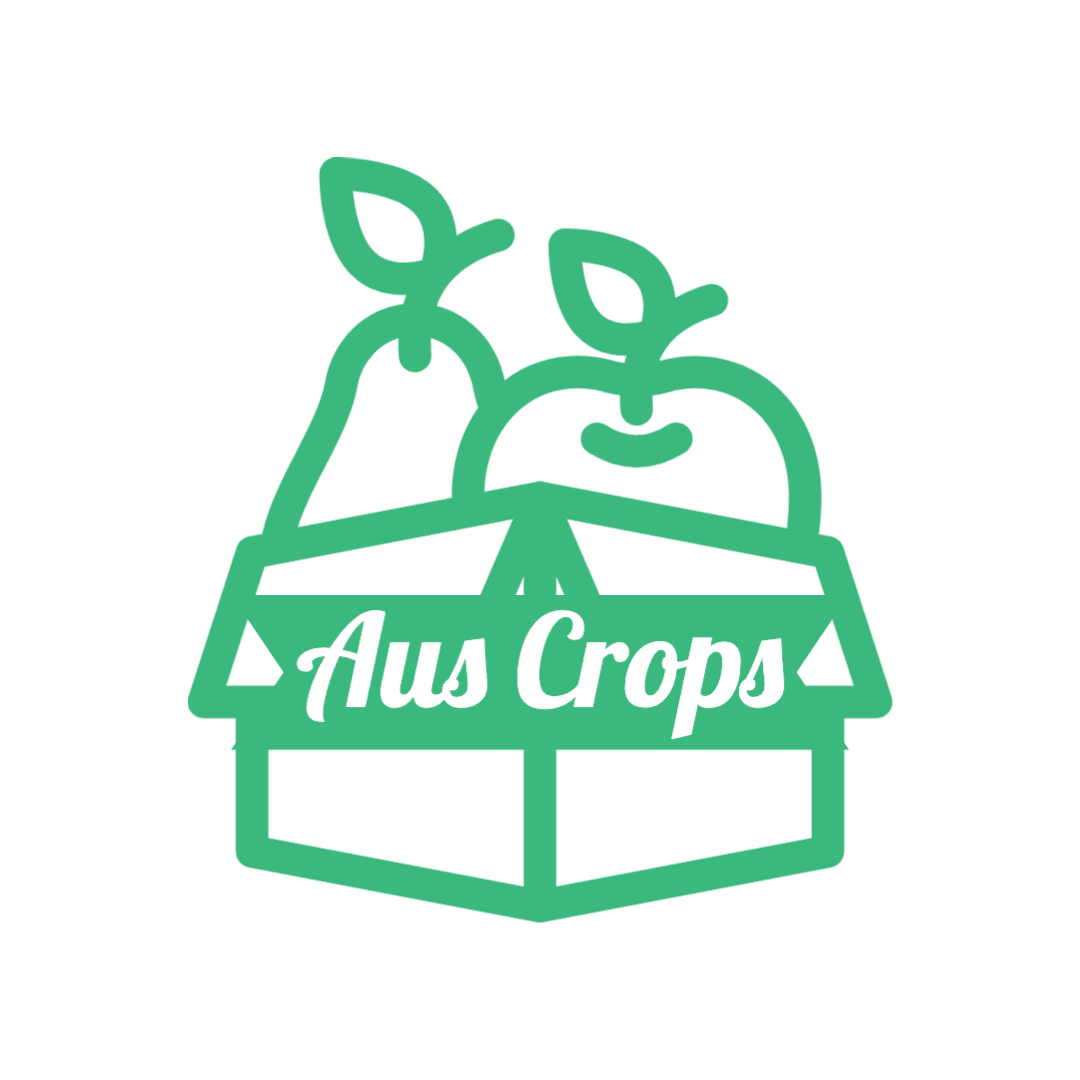
Firstly, introducing Auscrops, a high-tech market vending company bridging farmers and customers together through market vendors. Click here to find out more about Potatoes How Long To Grow as well fruit and vegetable offers.
Potatoes How Long To Grow
Amid the diverse range of crops cultivated globally, potatoes have carved a niche for themselves as a staple in various diets. Beyond their culinary versatility, the process of growing them intrigues many. So, how long does it take for these tubers to grow from a tiny sprout to a harvest-ready state?
A Glimpse into the Growth Cycle
Understanding the life of potatoes begins with comprehending their growth cycle. From planting to harvesting, their journey is marked by distinct phases. Furthermore, the duration of these stages varies depending on the specific variety and the intended use of the crop.
Initial Sprouting
Once potato seeds, often referred to as “seed tubers,” are planted, they take a brief period to germinate. Within 2 to 4 weeks, tiny sprouts emerge from the soil, marking the initiation of the growth journey. During this phase, ensuring the soil remains moist, but not waterlogged, is paramount.
Vegetative Growth
Following the sprouting phase, the plants delve into a rapid growth period. Over the next few weeks, they develop a robust foliage of green leaves. Additionally, as the plant grows, it starts forming tubers beneath the soil surface. It’s during this phase that they require the most care, including consistent watering and protection from pests.
Tubers Take Shape
Around two months after planting, the tubers begin to expand and take shape. Nonetheless, it’s essential to understand that they’re not yet ready for harvest. At this stage, the tubers are still accumulating starch, which gives them their characteristic taste and texture.
Maturation and Harvest
Depending on the potato variety and the climatic conditions, the entire growth process can span anywhere from 90 to 120 days. Early varieties mature faster and are perfect for those seeking “new” or baby potatoes. In contrast, maincrop varieties, often used for storage, take longer. Once the foliage begins to die back and yellow, it signals that the tubers are ready for harvest.
Conclusion
Growing potatoes is an art as much as it is a science. While their journey from seed to harvest may seem lengthy, the end result — a bountiful crop of fresh, earthy tubers — is undoubtedly worth the wait. For gardening enthusiasts and farmers alike, understanding the growth cycle ensures a successful harvest. So, the next time you savor these tubers, take a moment to appreciate the time and care that went into their cultivation.
Click here to read similar articles.
 Français
Français 











